- No products in the cart.
Parlazin drops vn.pr. 10mg / ml, 20ml vial cap.
$7.35
Parlazin drops vn.pr. 10mg / ml, 20ml vial cap.
Description
Composition
Active substance:
1 ml solution contains 10 mg of cetirizine dihydrochloride.
Excipients:
Glycerol 250 mg propylene glycol 350 mg sodium saccharinate 10 mg of sodium acetate trihydrate, 10 mg methyl parahydroxybenzoate 1.35 mg propyl parahydroxybenzoate 0.15 mg, glacial acetic acid 0.5 mg Purified water to 1 ml.
Description:
Colorless or nearly colorless liquid without precipitate, with a faint characteristic odor of acetic acid.
Product form:
Drops for oral administration of 10 mg / ml. 20 ml of the drug vial with brown glass dropper PE and PP cap with an inner PE layer, to control the first opening, as well as protection against opening by children. 1 vial is placed in a cardboard box, together with instructions for use.
Contraindications
Hypersensitivity to any active or auxiliary component of the drug.
Renal failure in creatinine clearance less than 10 mL / min.
Children under 1 year (due to lack of sufficient clinical data).
Pregnancy and lactation (see. The section “Pregnancy and lactation”).
With careful preparation is indicated for chronic renal failure, moderate and severe (requires correction mode), as well as elderly patients (requires correction mode).
Dosage
10 mg / ml
Indications
Seasonal and perennial allergic rhinitis and conjunctivitis.
Itchy allergic dermatitis.
Pollinosis (hay fever).
Urticaria (including chronic idiopathic urticaria).
Angioedema Quincke.
Interaction with other drugs
Revealed no interactions when combined with diazepam, cimetidine, azithromycin, erythromycin, ketoconazole, pseudoephedrine.
Co-administration with theophylline (400 mg / d) reduces the total clearance of cetirizine (kinetics of theophylline is not changed). The combined use of cetirizine and the macrolide antibiotics or cetirizine ketoconazole did not cause clinically significant ECG changes.
Alcohol: How and when receiving any other antihistamines, avoid drinking alcoholic beverages during treatment.
Overdose
Symptoms (when receiving a single dose of 50 mg): dryness of the oral mucosa, drowsiness, stupor, urinary retention, constipation, anxiety, irritability. Treatment: gastric lavage, activated charcoal, symptomatic and supportive therapy. No specific antidote. Hemodialysis is ineffective.
pharmachologic effect
Pharmacological group:
Antiallergic agent – blocker H1-histamine receptors.
Pharmacodynamics:
Cetirizine is carboxylated metabolite of hydroxyzine, belongs to a class of antihistamines piperazine derivatives. The action of cetirizine and antiallergic effects are based on the selective blockade of peripheral histamine H1 receptors. With this mechanism cetirizine inhibits early allergic reactions mediated by histamine, reduces migration of inflammatory cells and release of mediators associated with late allergic reactions. Cetirizine has only minor and antiserotoninergicheskie anticholinergic effects.
Pharmacokinetics:
After ingestion Cetirizine is rapidly absorbed and the maximum plasma concentration achieved within 30 – 60 min. Accumulation after oral administration is not detected. In the case of oral doses of 5 to 60 mg of cetirizine has linear pharmacokinetics (zero order kinetics). Simultaneous food intake has no effect on the degree of absorption, however, the food inhibits the maximum plasma concentration of 1.7 hours and reduces the maximum concentration of 23%. Plasma protein binding is 93% and is independent of concentration in the range from 25 to 1000 ng / ml; this range includes the therapeutic value of plasma concentrations. As a major metabolite of hydroxyzine, cetirizine more hydrophilic than the starting material, and therefore it has very low ability to penetrate the blood-brain barrier. It is metabolized only a small part of cetirizine by conversion to virtually inactive G-dezalkilirovanny metabolite in the liver. Within 24 hours, 60% of an oral dose is excreted unchanged in the form of a substance through the kidney, and 10% return over the next 4 days. About 10% is excreted through the intestines, partially in the form of metabolites. Cetirizine passes into breast milk. The half-life of blood plasma is 8 – 12 hours in adults, about 6 hours in children 6 to 12 years and approximately 5 hours in children 1 to 6 years. Due to higher frequencies decreased renal function in elderly patients clearance cetirizine they can be lowered. When multiple dose pharmacokinetics of cetirizine varies insignificantly with mild renal failure compared to healthy volunteers. However, patients with mild renal insufficiency half-life of cetirizine is tripled, and the clearance is reduced by 70% compared with patients having normal renal function. In patients treated with hemodialysis, possibly three-fold increase in half-life and a 70% decrease in clearance even after a single dose of 10 mg of cetirizine.
Compared with those of the healthy volunteers, patients with chronic hepatic failure was observed about 50% increase in half-life and a 40% decrease in clearance.
Pregnancy and breast-feeding
There are no data from clinical trials of the drug during pregnancy, due to which this drug is contraindicated in pregnancy.
Cetirizine passes into breast milk, so it is contraindicated during breast-feeding or the need to resolve the issue of termination of breastfeeding.
Conditions of supply of pharmacies
Without recipe.
side effects
Usually the drug is well tolerated. In very rare cases, you may experience the following side effects.
From the side of hematopoiesis: thrombocytopenia.
From the nervous system: drowsiness, dizziness, headache, aggression, agitation, confusion, depression, hallucinations, insomnia, tic, convulsions, diskinezniya, dystonia, paresthesias, syncope, tremor.
From the senses: accommodation disturbance, impaired vision, nystagmus.
Cardio-vascular system: tachycardia.
The respiratory system: rhinitis, pharyngitis.
From the digestive system: dryness of the oral mucosa, nausea, abdominal pain, diarrhea, liver dysfunction (increased activity “liver” transaminases, alkaline phosphatase, GGT, bilirubin concentration).
With the genitourinary system: dysuria, urinary incontinence.
Skin and subcutaneous tissue: pruritus, rash, urticaria, angioedema.
Allergic reactions: hypersensitivity, until the development of anaphylactic shock.
Miscellaneous: weight gain, fatigue, asthenia, malaise, edema.
special instructions
When the reactions of the drug hypersensitivity should be stopped immediately.
kidney disease: due to reduced clearance rate cetirizine it can accumulate in the organism of patients with impaired renal function; thus may increase the frequency and severity of side effects or anticholinergic effect on the central nervous system, even in the case of receiving normal adult dose. Therefore, in such cases it is advisable to reduce the dose.
Elderly patients are particularly susceptible to anticholinergic action antihistamines (e.g., dry mouth, urinary retention). If these side effects have been observed for a long time, as well as with an increase in their intensity, the drug should be discontinued. Despite the fact that cetirizine low incidence of anticholinergic side effects or serious adverse effects on the central nervous system, it can accumulate (age-related decline in renal function is more likely in older patients) and cause anticholinergic side effects or side effects on the central nervous system even when a normal dose for adults.
Drops methyl parahydroxybenzoate contain auxiliary substance, which may cause allergic reactions later.
Skin tests: reception Parlazina should be discontinued at least 3 days before the allergy skin test to avoid false negative results.
The ability to drive a vehicle.
During the period of treatment must be careful when driving and occupation of other potentially hazardous activities that require high concentration and psychomotor speed reactions.
Storage conditions
Store at a temperature not higher than 25 C, protected from light. Keep out of the reach of children.
Dosing and Administration
For ingestion. Drops before taking dissolved in a small amount of water.
Adults and children aged 12 years: 10 mg (20 drops) once daily, preferably at night.
Children aged 1-2 years: 2.5 mg (5 drops per day) twice a day.
Children aged 2-6 years: 5 mg (10 drops a day) once. It is also possible to divide the dose into two doses of 2.5 mg (5 drops morning and evening).
Children aged 6-12 years: 5 mg (10 drops per day) twice a day, morning and evening; or 10 mg (20 drops) evening.
Special patient groups
You may need to reduce the dose in elderly patients (see. Also section “Special Instructions”).
With impaired renal function the dose should be set individually according to renal function.
dose selection according to the creatinine clearance (CC).
more than 80 ml / min of 10 mg once a day; 50-79 ml / min to 10 mg once a day; 30-49 ml / min, 5 mg once a day; 11-29 ml / min, 5 mg once every two days; less than 10 (hemodialysis) -protivopokazano.
Information
Appearance may differ from that depicted in the picture. There are contraindications. You need to read the manual or consult with a specialist
Additional information
| Weight | 0.100 kg |
|---|---|
| Manufacturer | Parlazin |

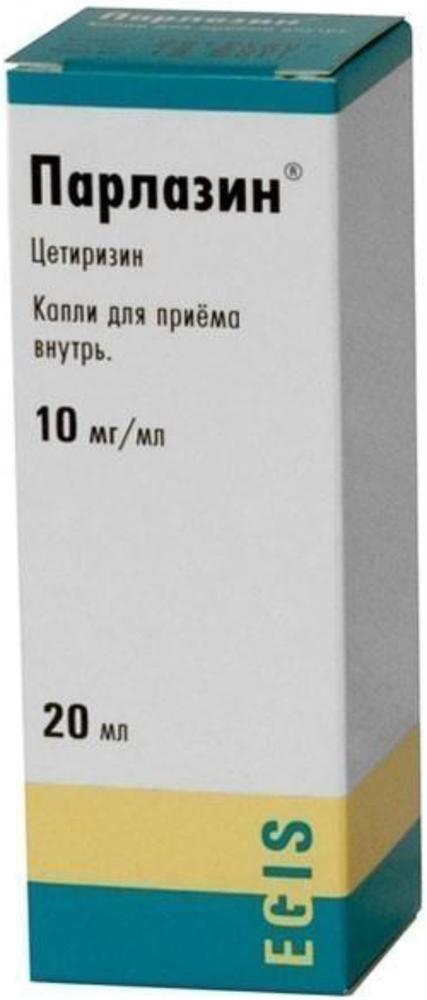
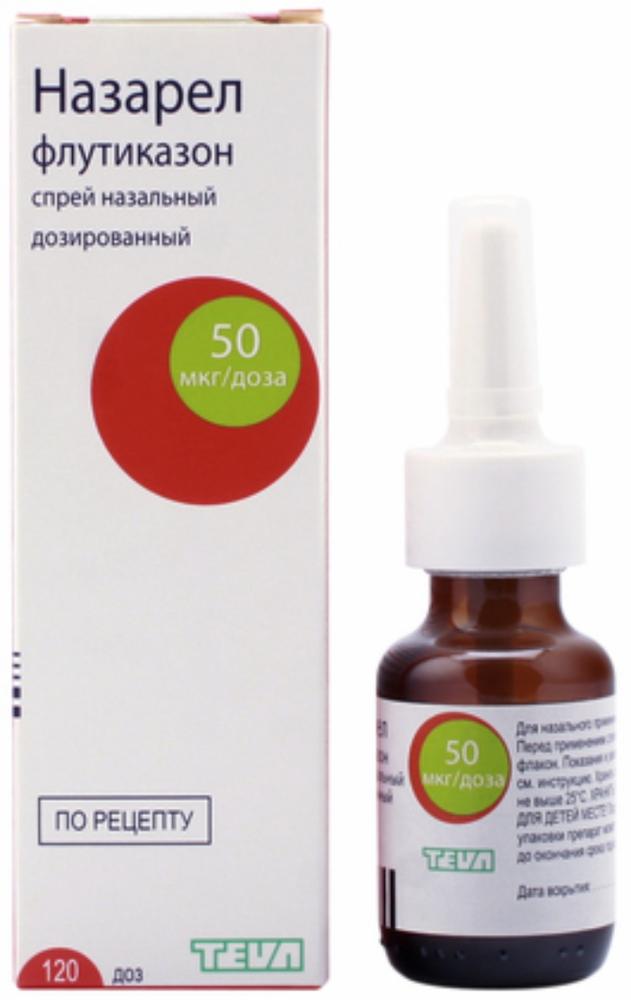
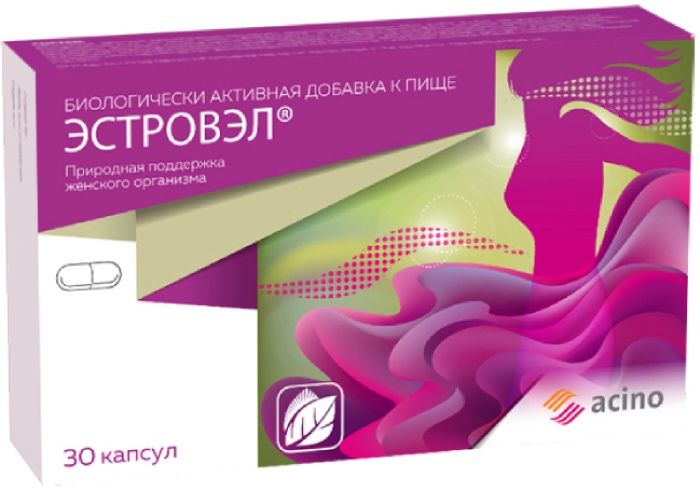
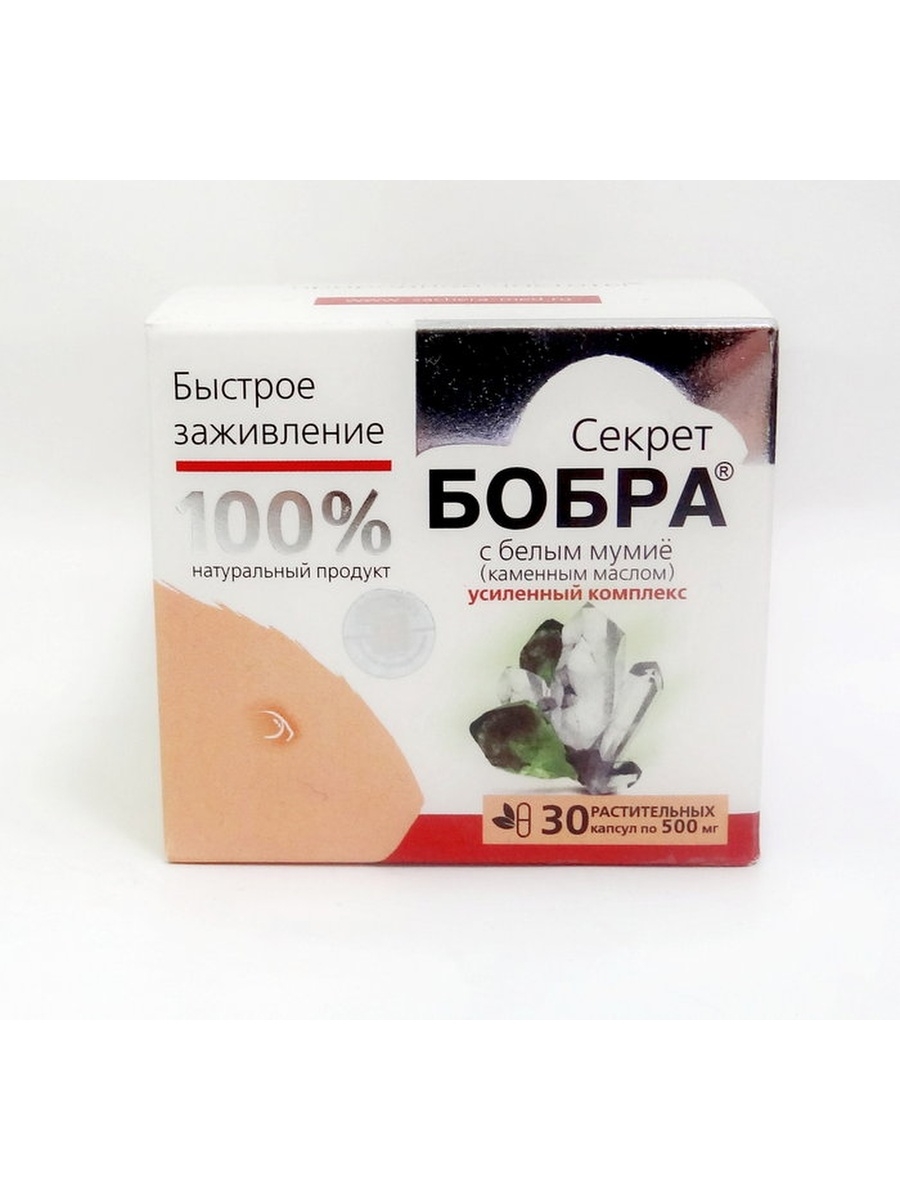

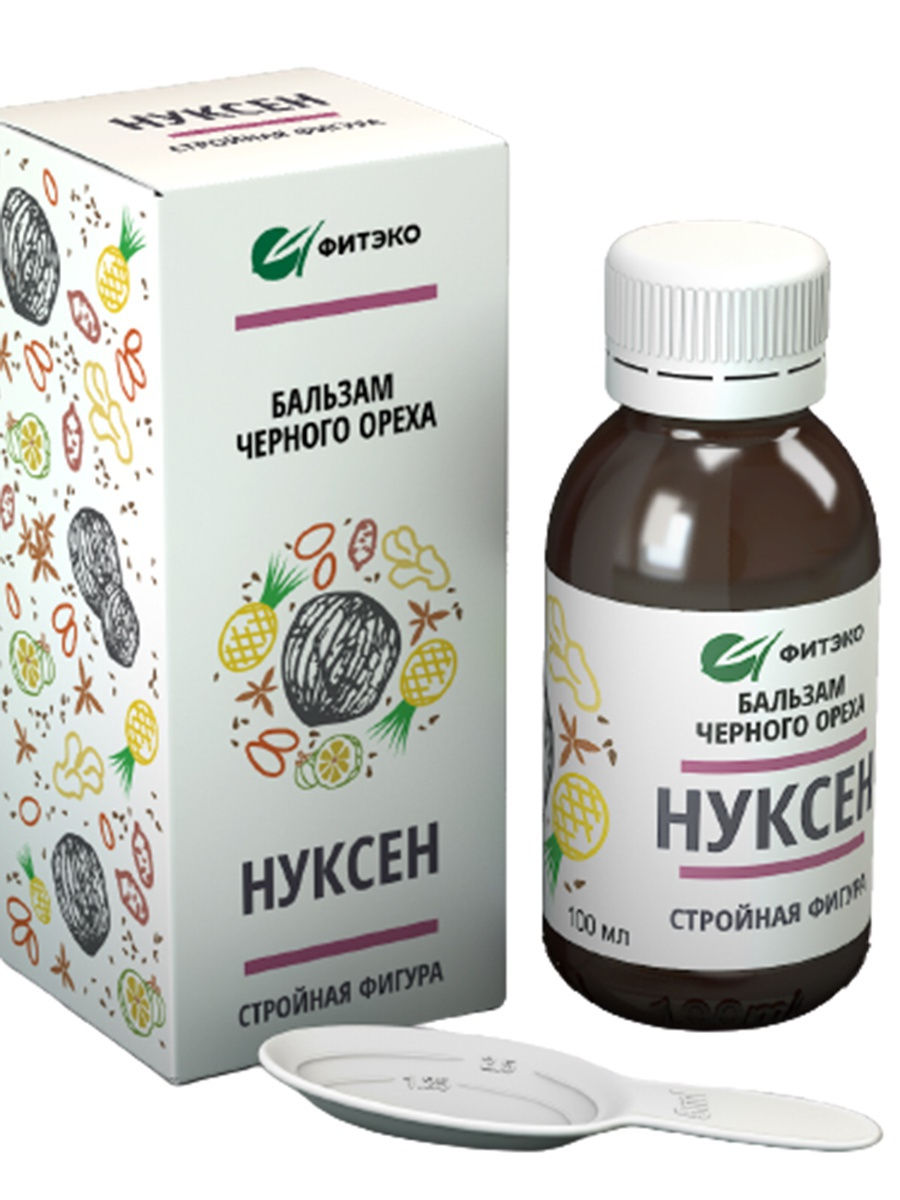
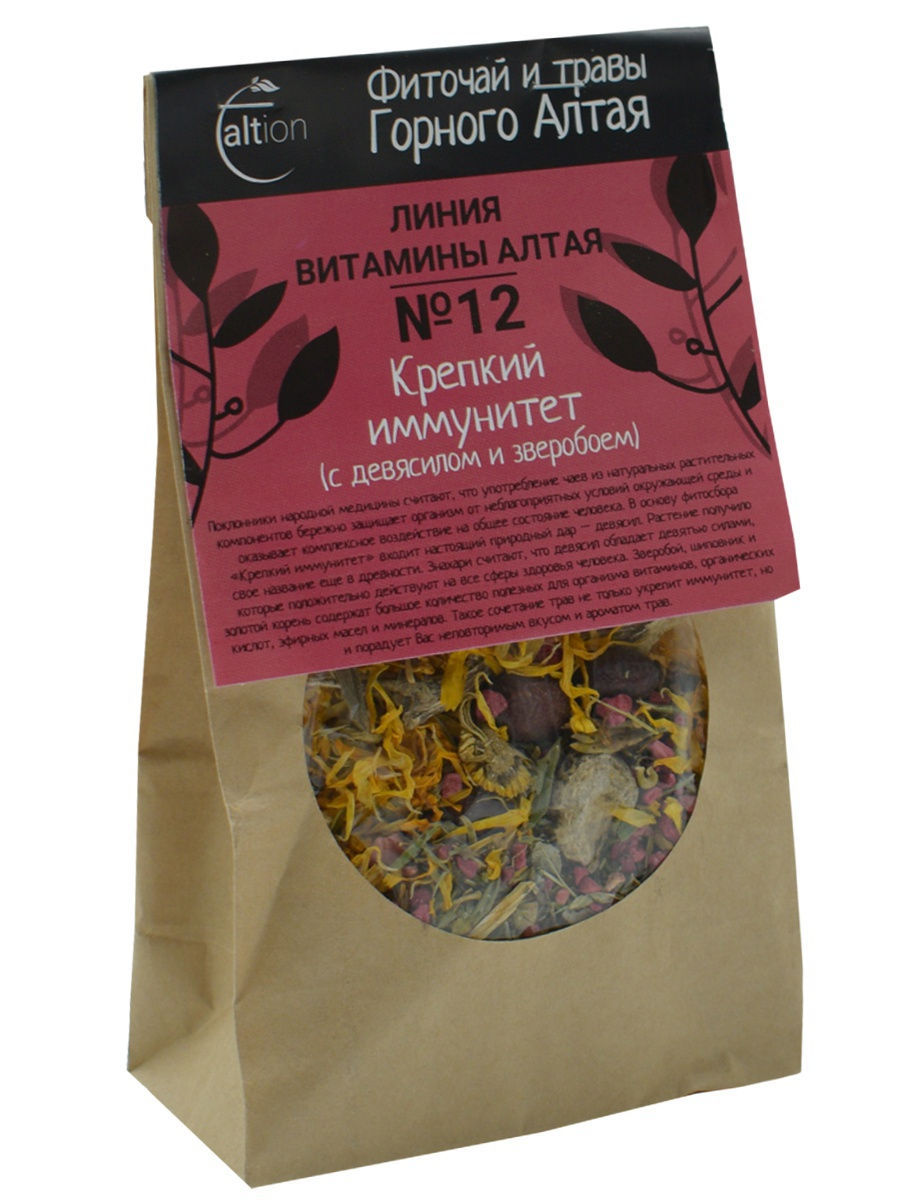

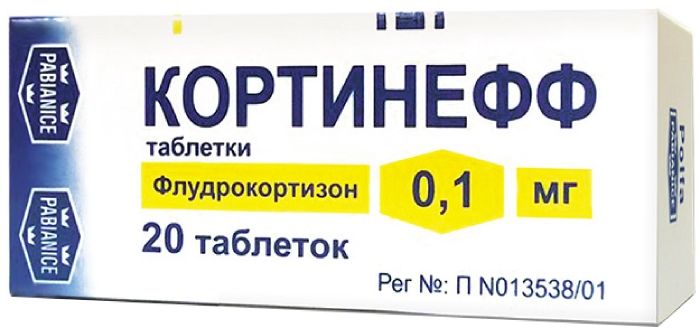




There are no reviews yet.